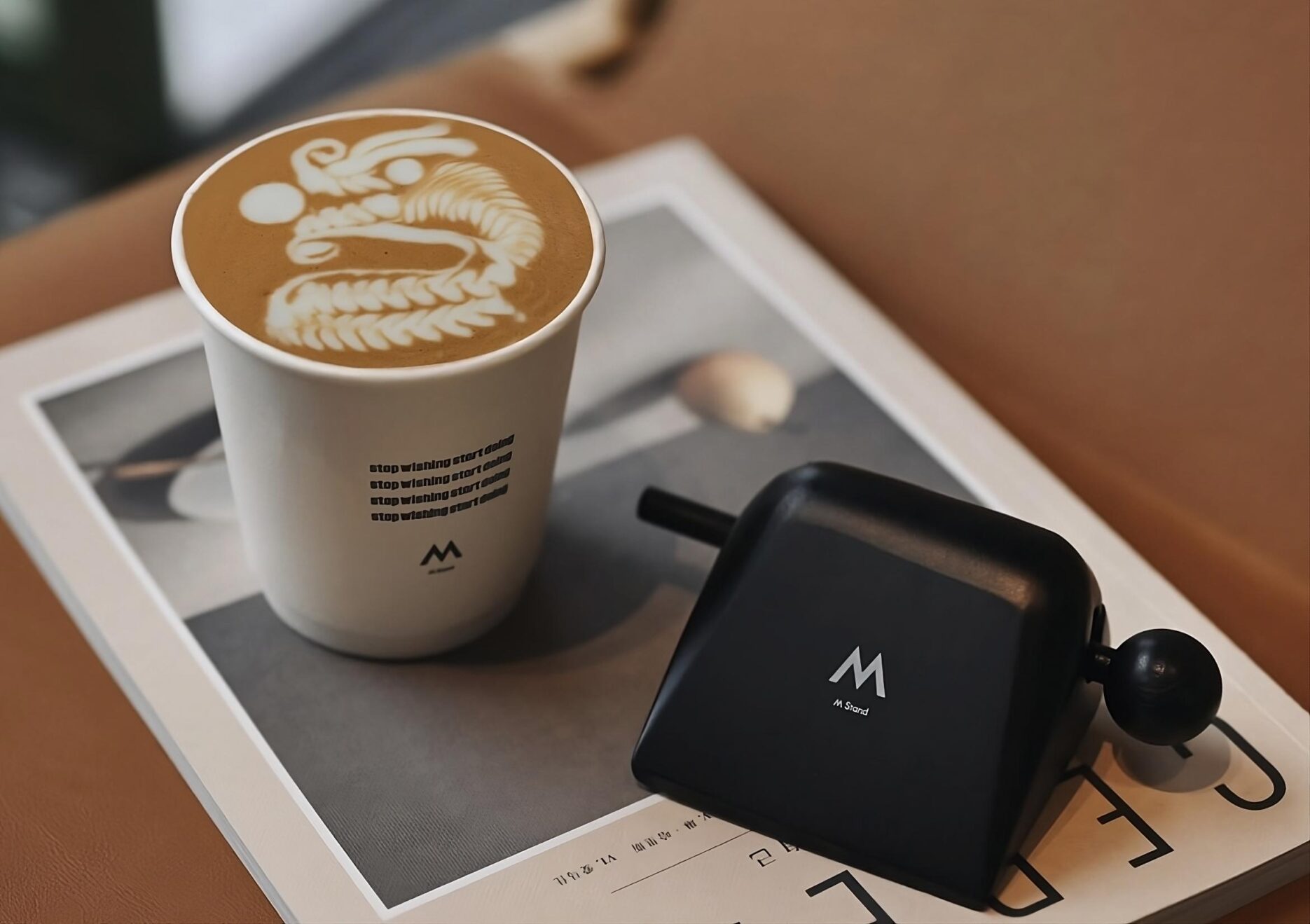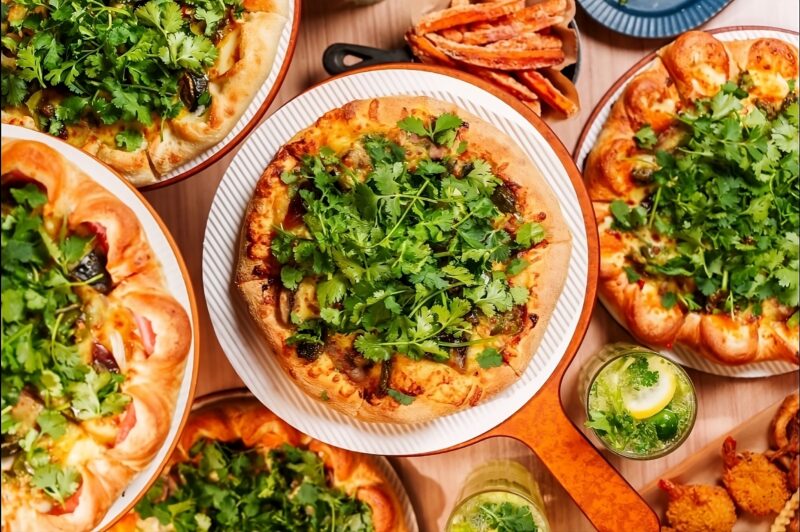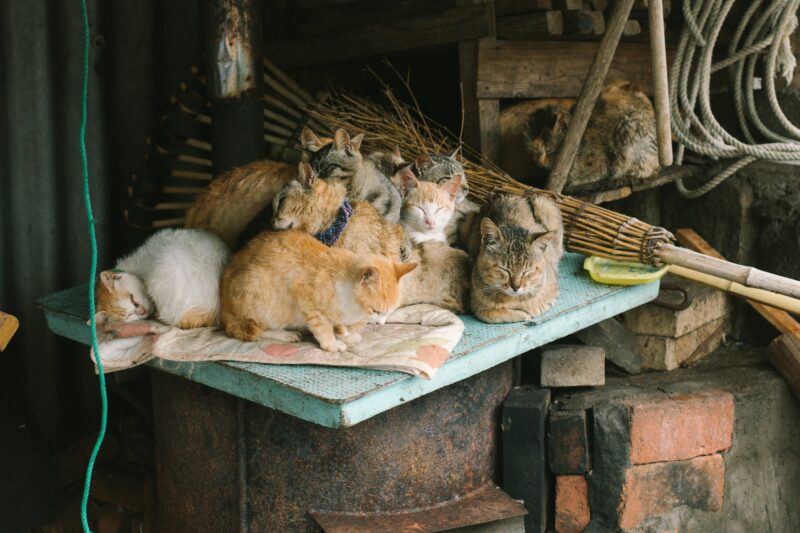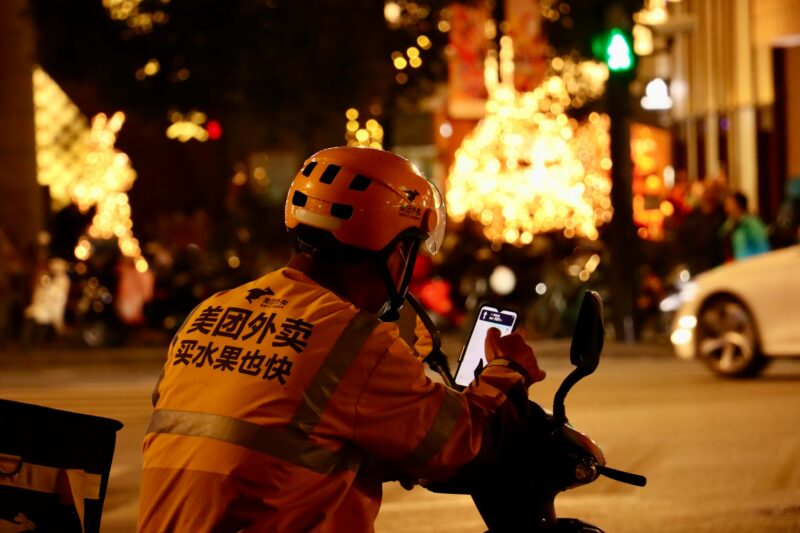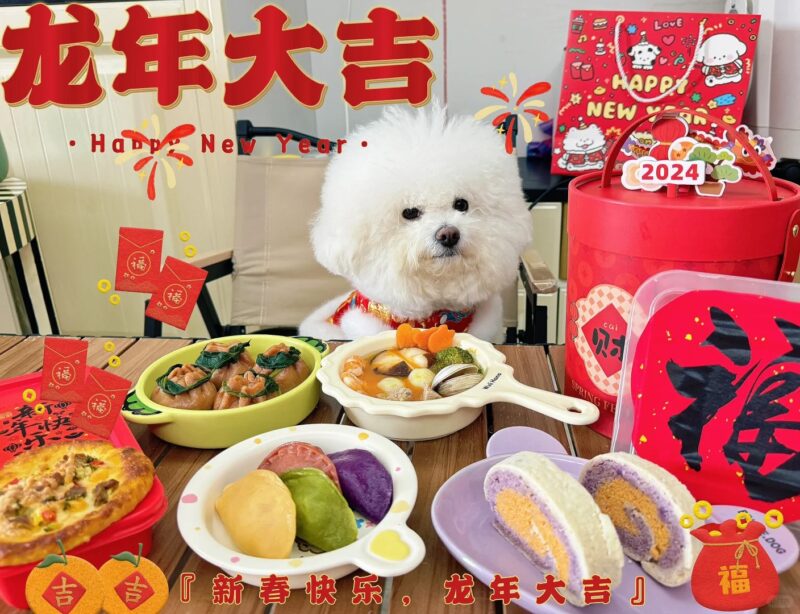“Xuanxue” (玄学) began its life as neo-Taoism (or Daoism but it’s not about us). However, today the phrase has become an umbrella term for spirituality, folk beliefs, mysticism and superstition, covering charms, divination, astrology, feng shui etc. In internet lingo, it represents anything with luck-wishing from various cultural backgrounds.
In internet lingo, “xuanxue” represents anything with luck-wishing from various cultural backgrounds
Spiritual but not religious
Temples have been one of the hottest destinations for many visitors, either tourists or urban explorers in the “citywalk” craze. Young people visit to make wishes, for work or study but also for the tranquil environments and traditional culture. Not only are coffee shops opening branches in temples, but KFC also launched a collaboration sandalwood coffee with the sacred Buddhist site Wutaishan (Mount Wutai). Wutaishan has also been part of several collab campaigns with brands such as Bestore Co.
In late 2022, virtual muyu (木鱼, wooden fish) went viral as young people started to use it as a way for prayer, meditation or just calm and comfort. However, this was still during the pandemic and lockdowns were happening across the country. Since last year, brick-and-mortar shops reopened. With the prevalence of gifts and merch, spearheaded by tea and coffee chains, physical muyu has become a popular choice. Tea chain ALittleTea, coffee shop M Stand and KFC all made their versions for customers who buy certain items.
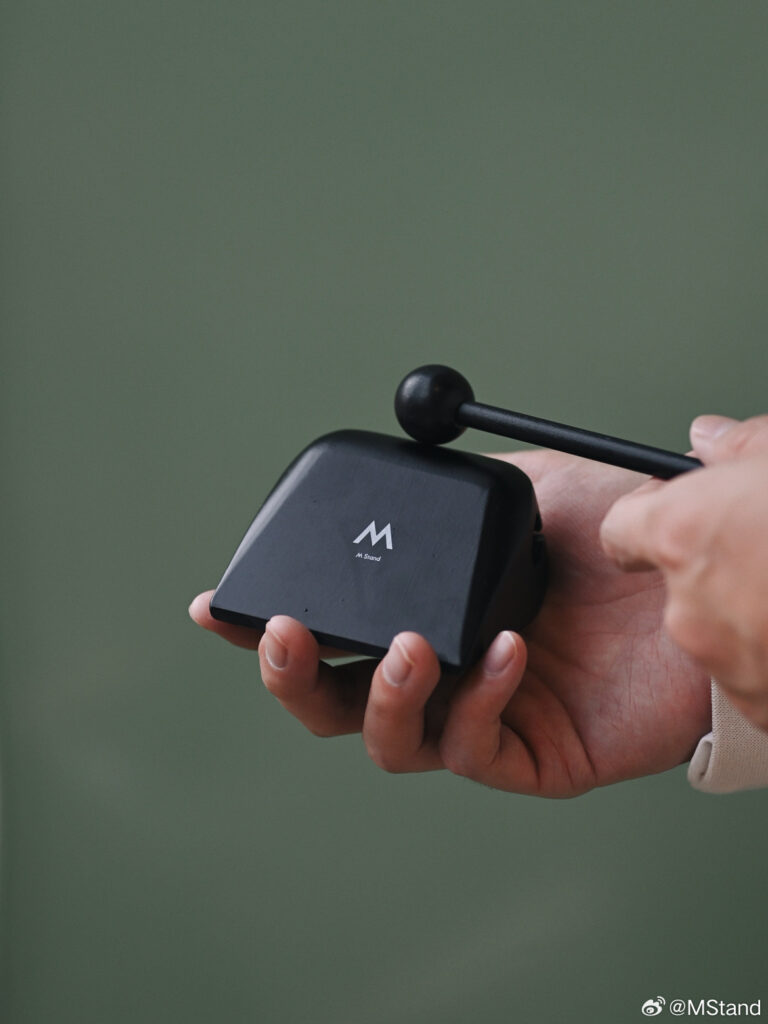
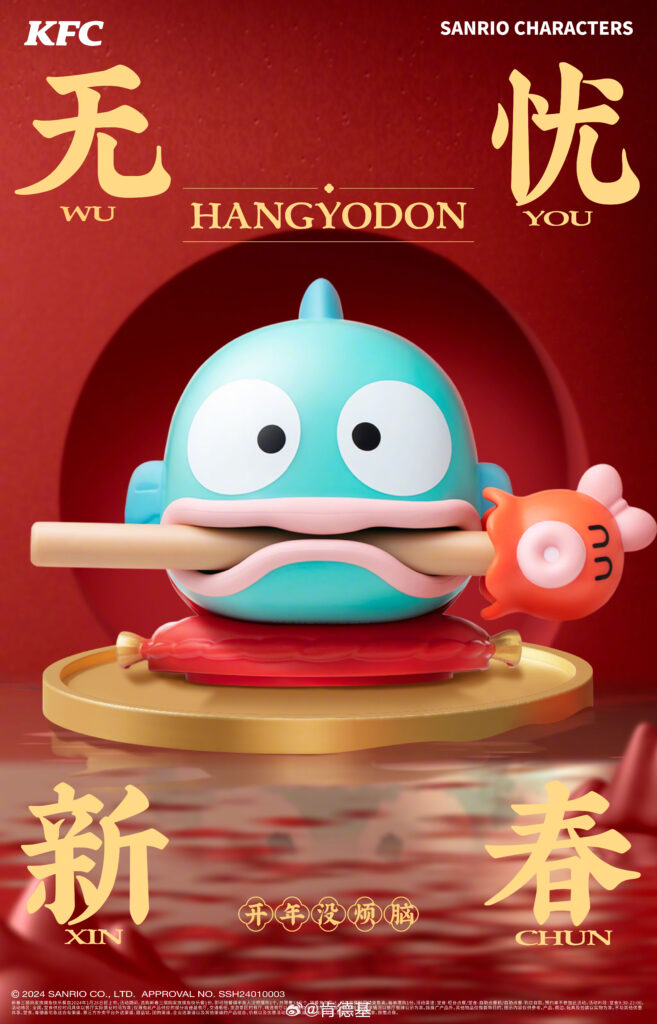
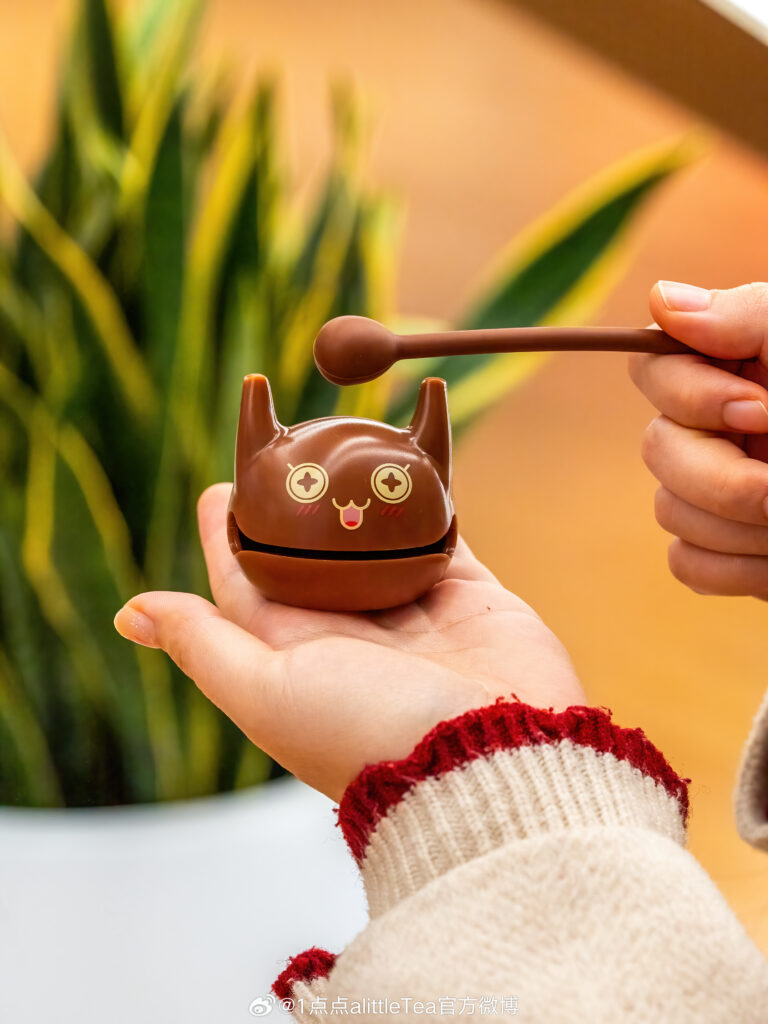
Similarly, prayer beads and divination tools were popular among younger people. Taobao’s New Year market also invited merchants such as official Mount Putuo and Mount Wutai stores to provide prayer beads and various objects d’art.
Very superstitious
A lot of folk beliefs and internet mysticism have seen a major revival this CNY. From well-wishing to giving out charms, xuanxue was everywhere.
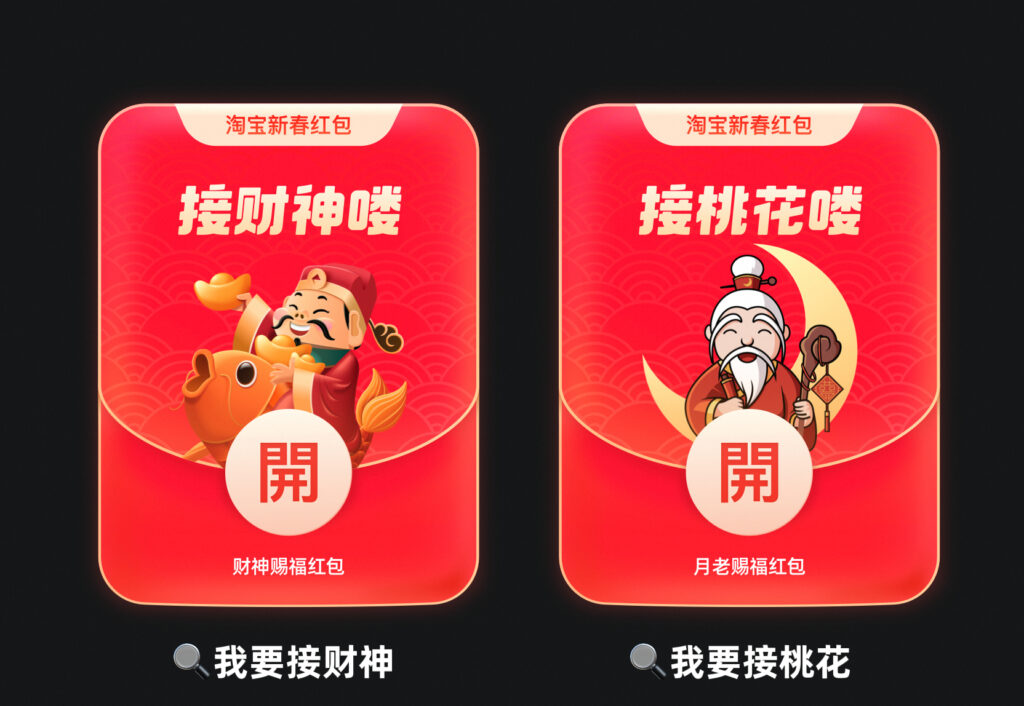
This CNY saw the 5th day of the first month, a traditional day to welcome “caishen” (财神) the god of wealth into your home become widely celebrated. Although some of the attention was due to it coinciding with Valentine’s Day this year, the wish for wealth is far stronger. As Taobao noted on its Weibo, the caishen virtual red envelope prizes were quickly drawn up, but the yuelao (月老, a god of romance) prizes were hardly touched.
On 18 February, the first workday after the CNY holiday. Chinese tea chain Molly Tea prepared moon blocks for divination with certain set menus to welcome office workers. Similarly. ALittleTea’s muyu was given out during this period as well. Hey Tea’s “kaigongjianxi” (开工见喜, See joy on your first day at work) slogan saw some branches’ sales increase 500% compared to workdays pre-holiday. Similarly, takeaway orders grew 800% compared to workdays before CNY.
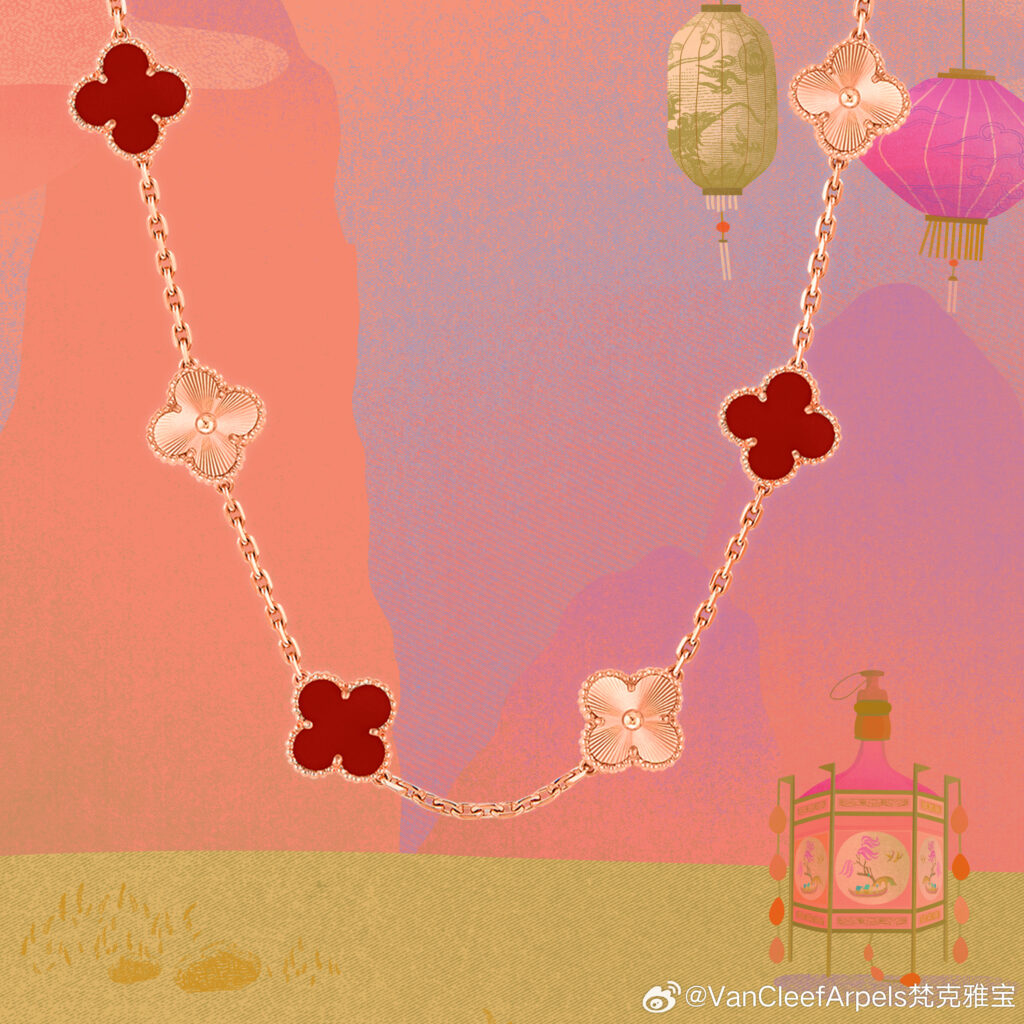
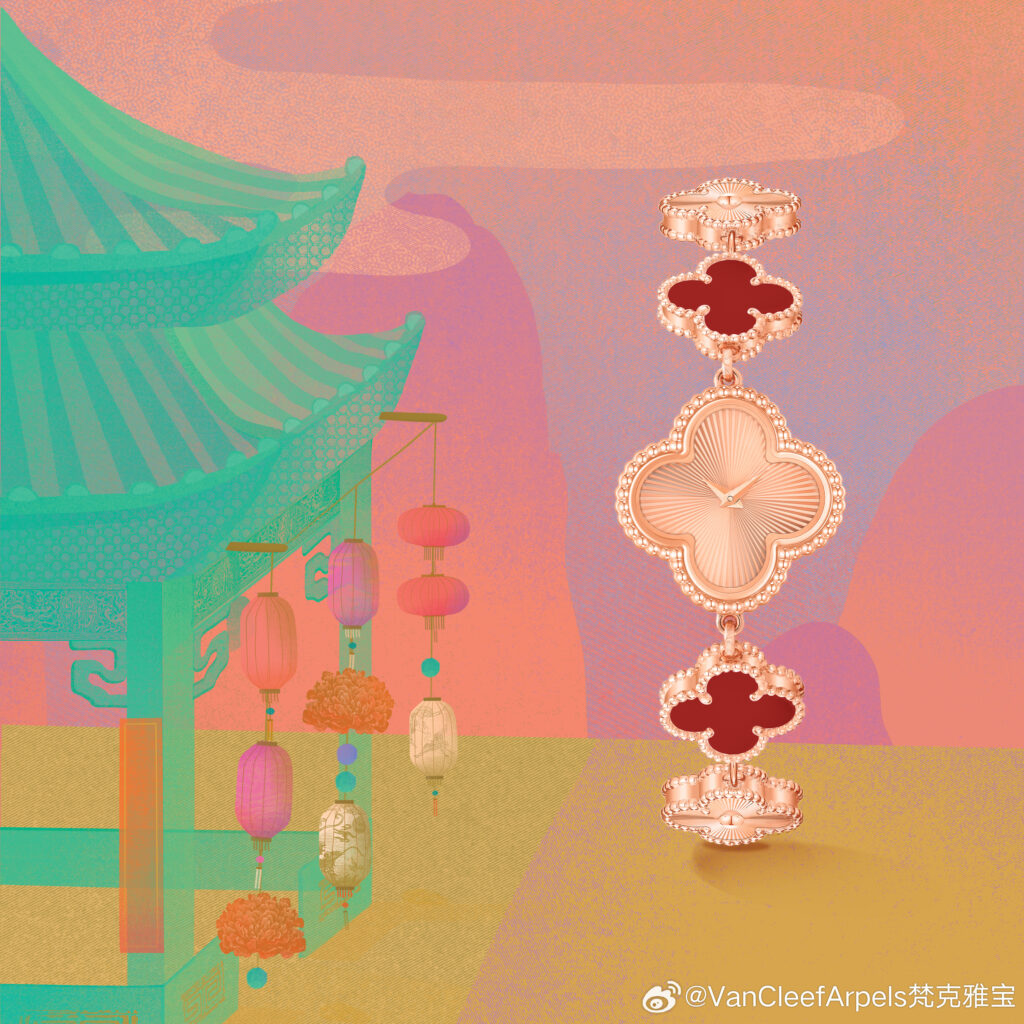
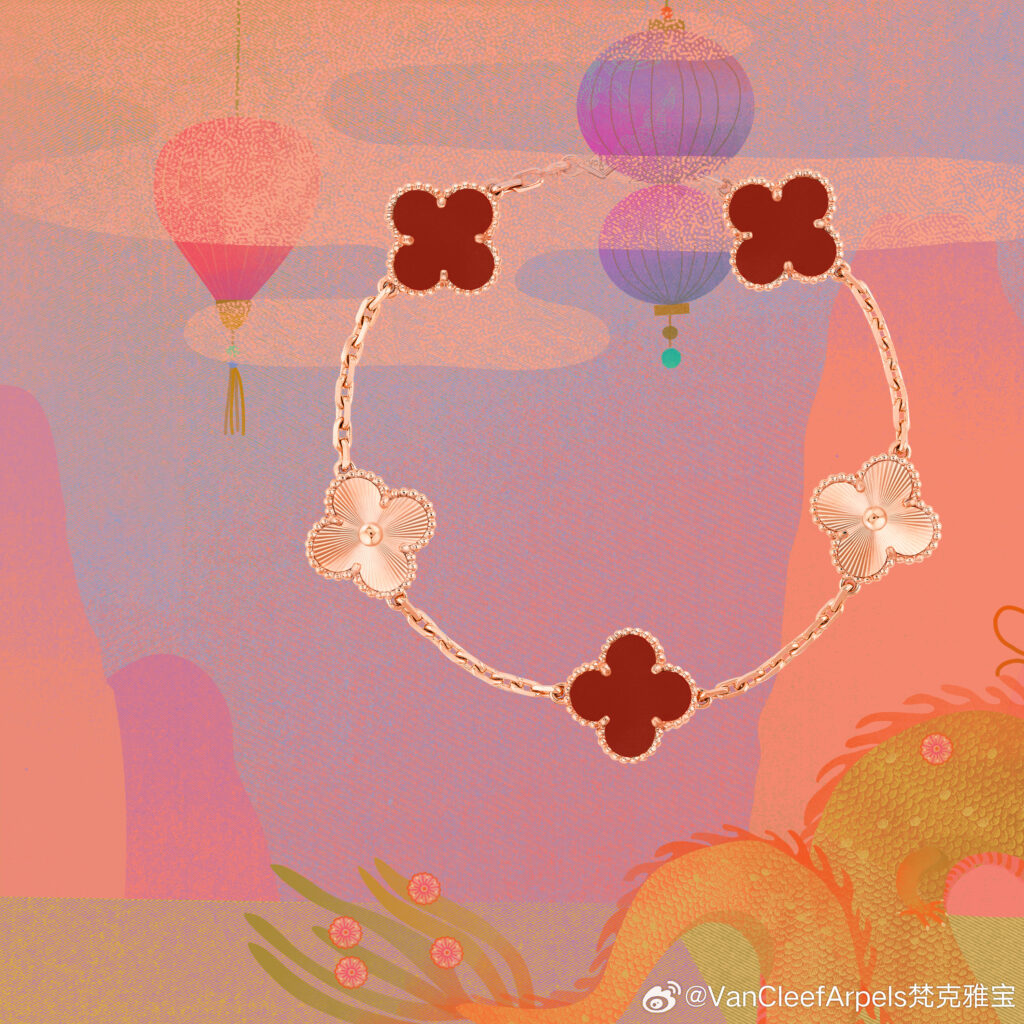
A great example in fashion is that charms or charm-like motifs were being appreciated in the realm of fashion, jewellery and accessories. Luxury jeweller Van Cleef & Arpels’ iconic Alhambra series became hugely popular for this reason. Not only because the original design resembles four-leaved clovers signifying luck, but also for the different coloured stones that consumers attach meaning to, such as the 5 Chinese elements. Similarly, the Saturn motif from Vivienne Westwood was said to work as a charm for civil service exams.
Conversion rate
The xuanxue boom has naturally led to an influx of merchandise, from talismans and amulets to the aforementioned moon blocks. From temples to regular merchants, creative versions of traditional charms are popping up everywhere. Miniaturised religious weapons and artefacts are being turned into accessories similar to an Alhambra pendant, and caishen becomes confined to cards between your phone and phone case.
Hey Tea’s “Speechless Buddha” is a combination of memes and Buddhist tranquillity before it was taken down due to the suspicion of commercialising religious imagery.
Not only does the luck-wishing provide reassurance, through spiritual or psychological suggestions, but also a topic for social interactions
Like memes, Xuanxue is another way that “emotional value” has been shown. Not only does the luck-wishing provide reassurance, through spiritual or psychological suggestions, but also a topic for social interactions. It can serve as a mutual hobby for many online, just like the MBTI personality test or astrology. But of course, it still provides some calm and comfort amidst anxiety in headwinds such as a slowing economy and a high unemployment rate.
Another aspect of the xuanxue trend that should not be overlooked is the rise of traditional Chinese culture, including Chinese Buddhism. The popularity of temples also gave rise to similar locations such Deshou Palace, a museum built in a restored Song Dynasty imperial palace.
As New Chinese Style reigns supreme, expect more xuanxue to be leveraged by brands to great effect
Interest in traditional culture naturally included interest in divination and wish-making/granting. As New Chinese Style reigns supreme, expect more xuanxue to be leveraged by brands to great effect.




